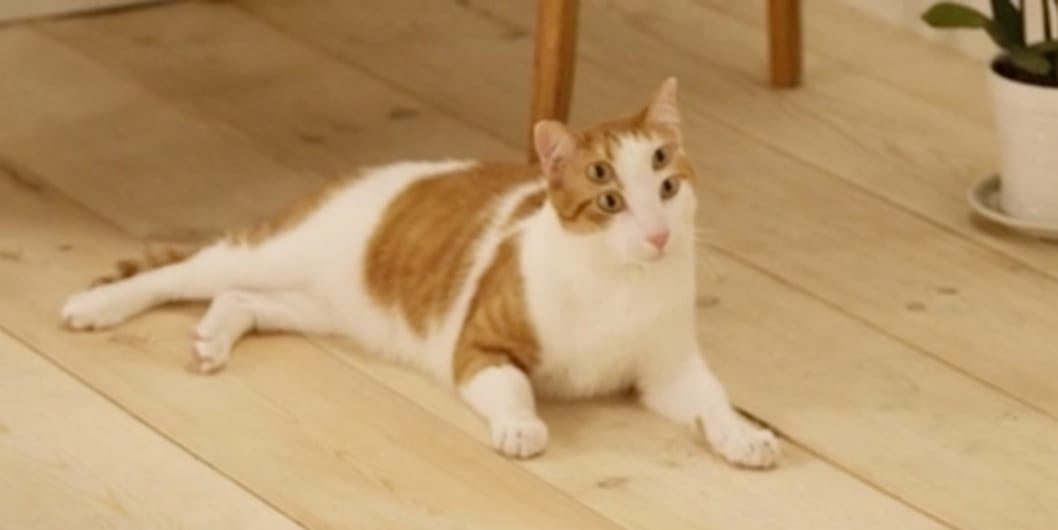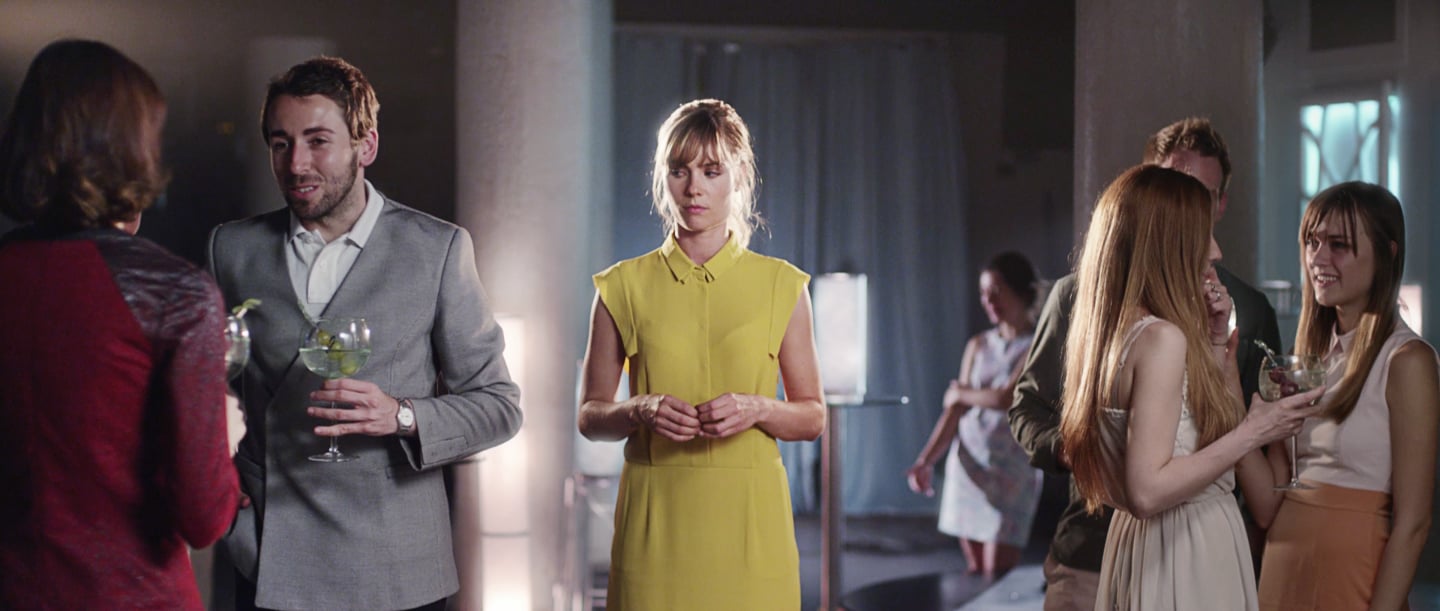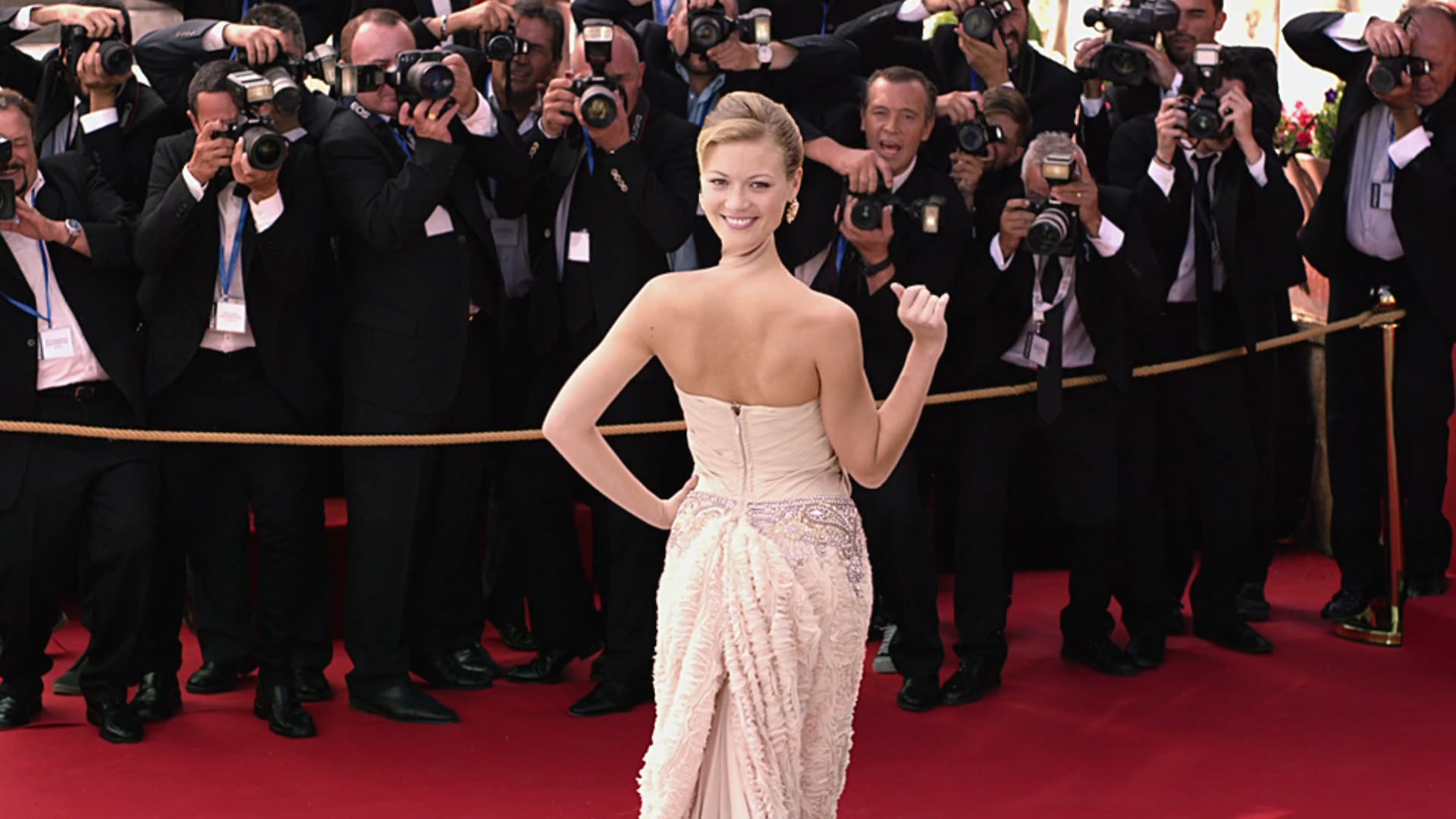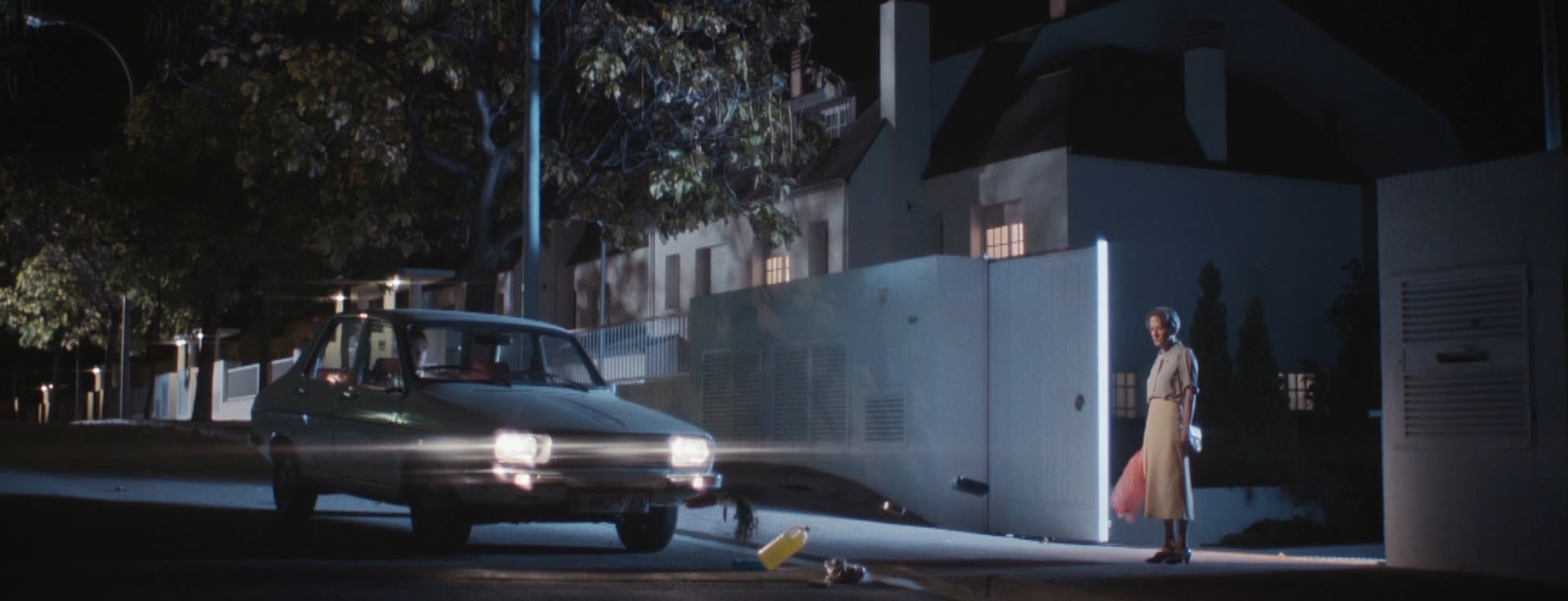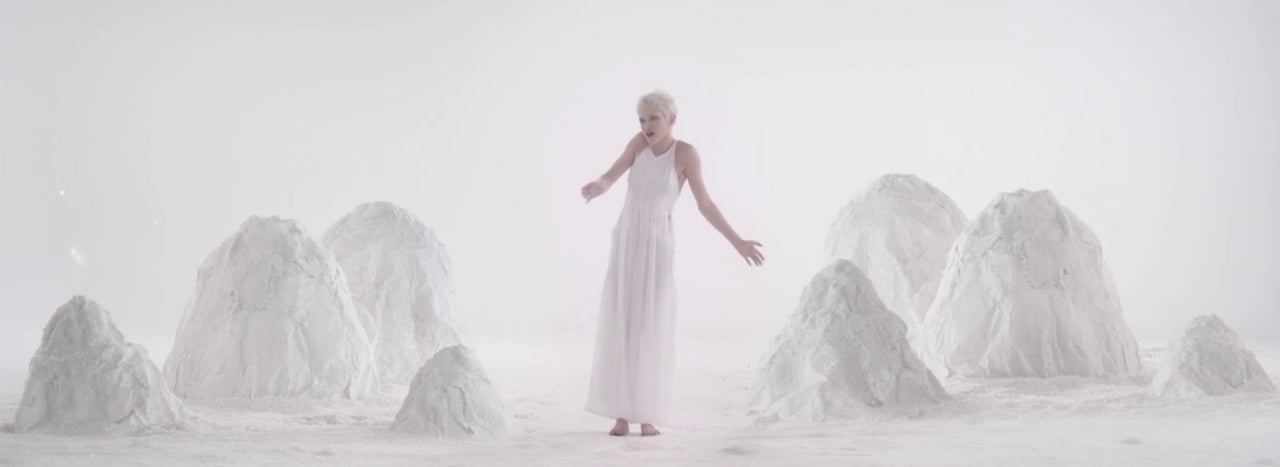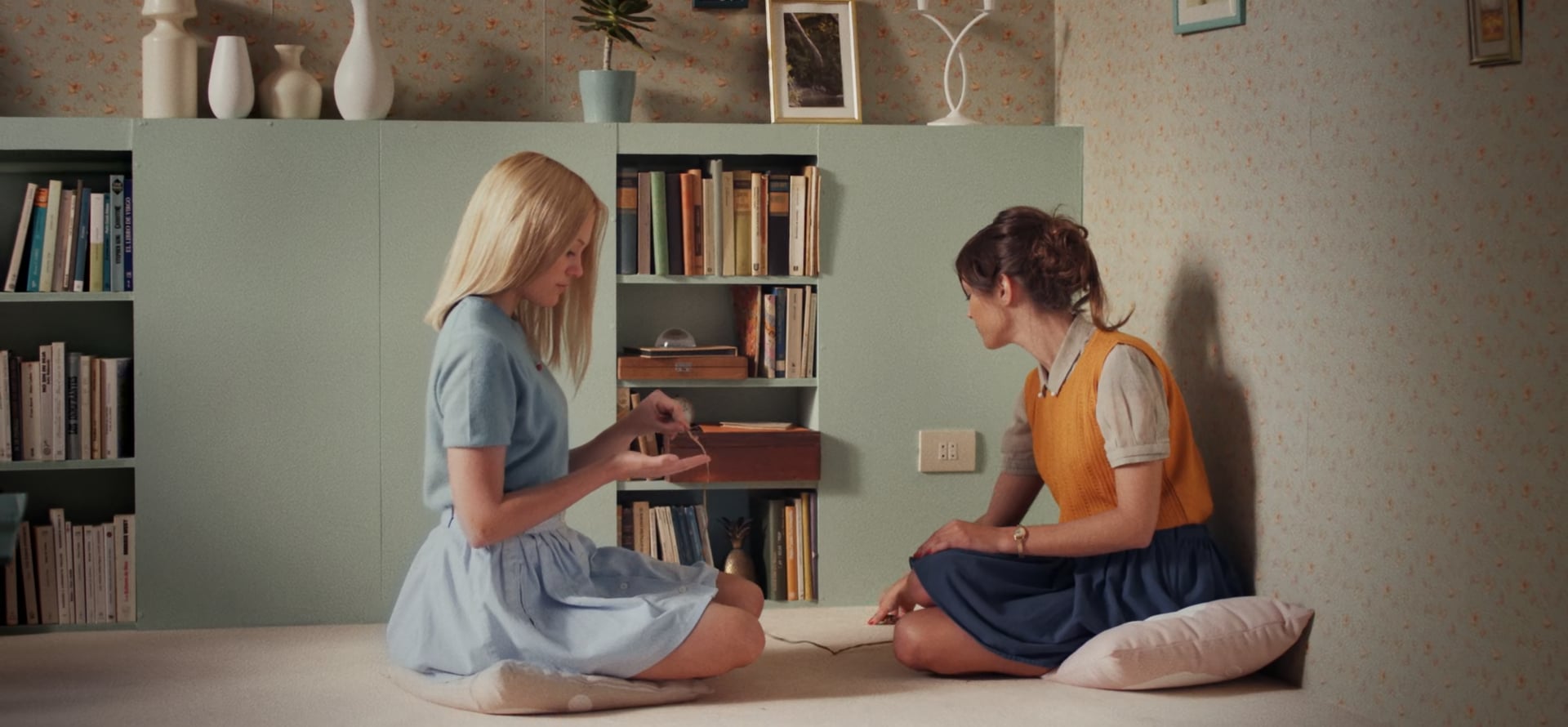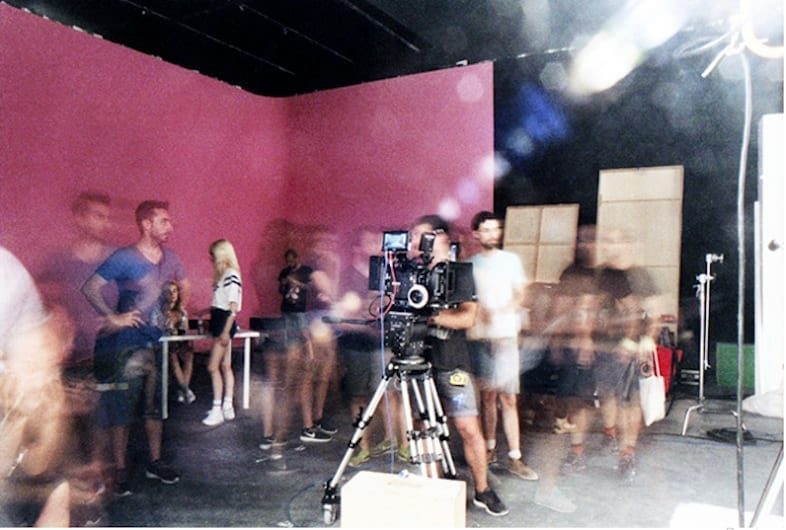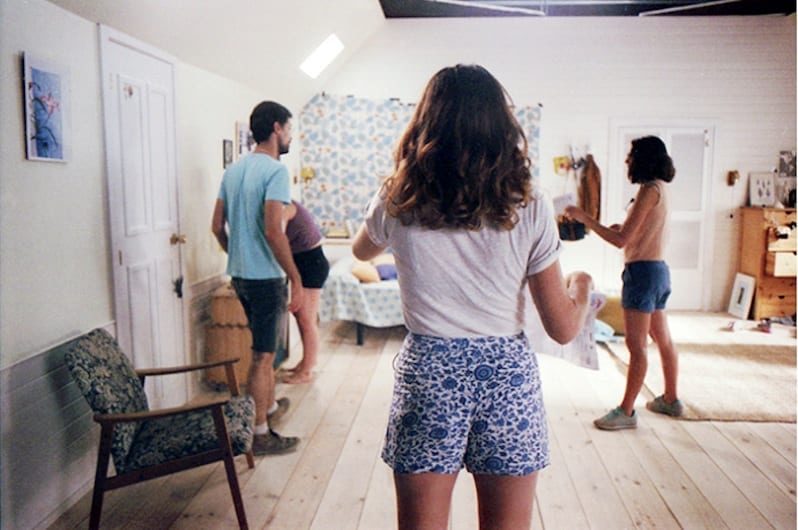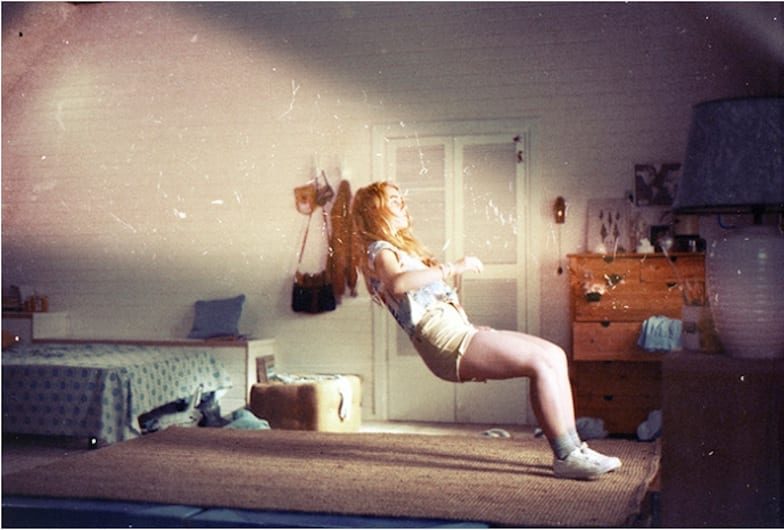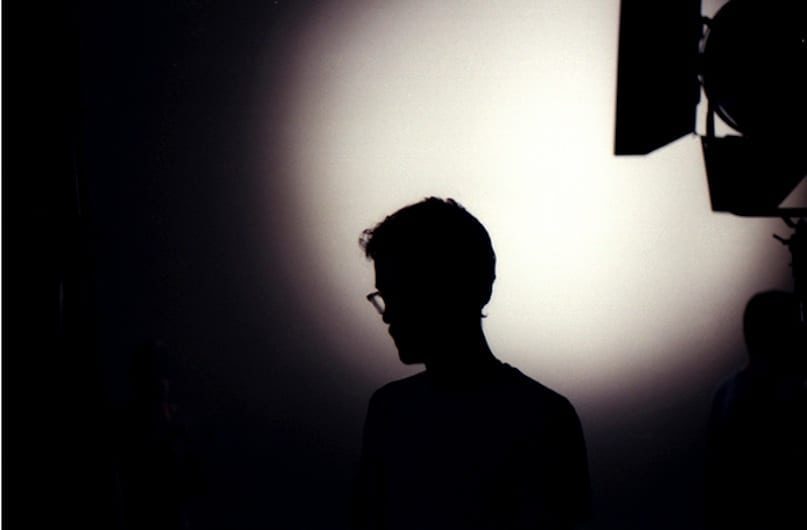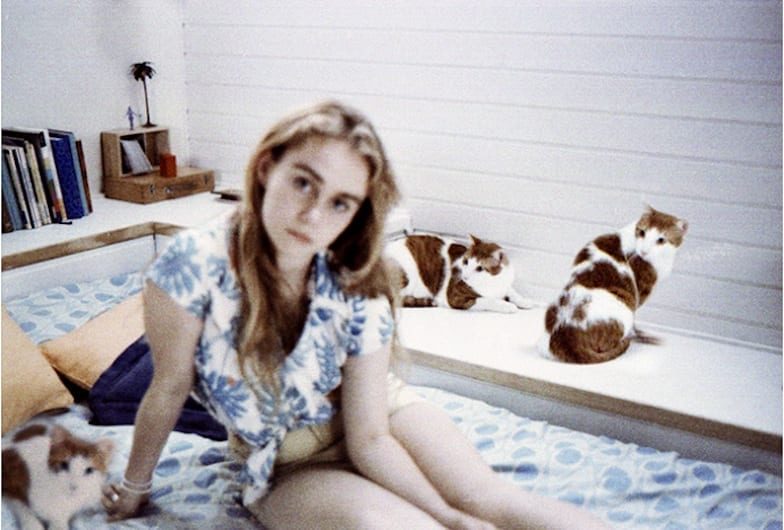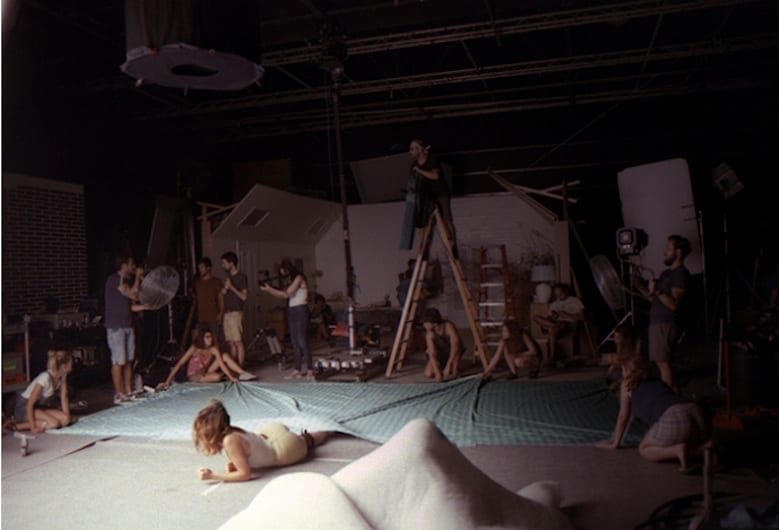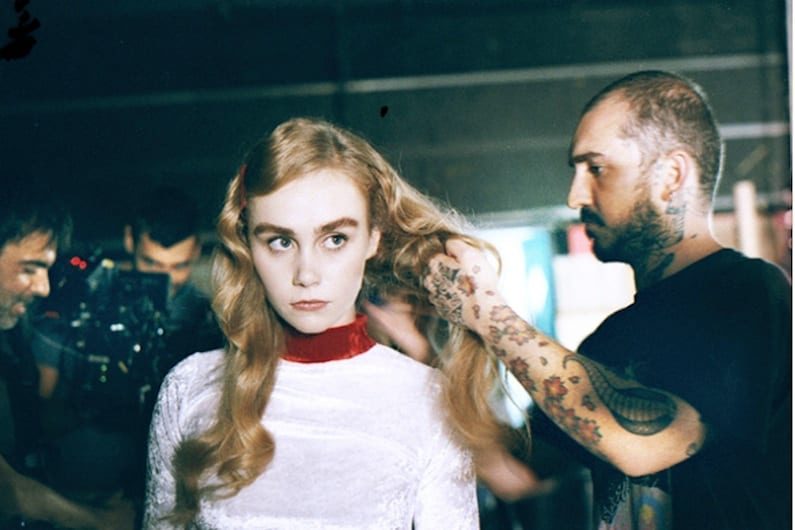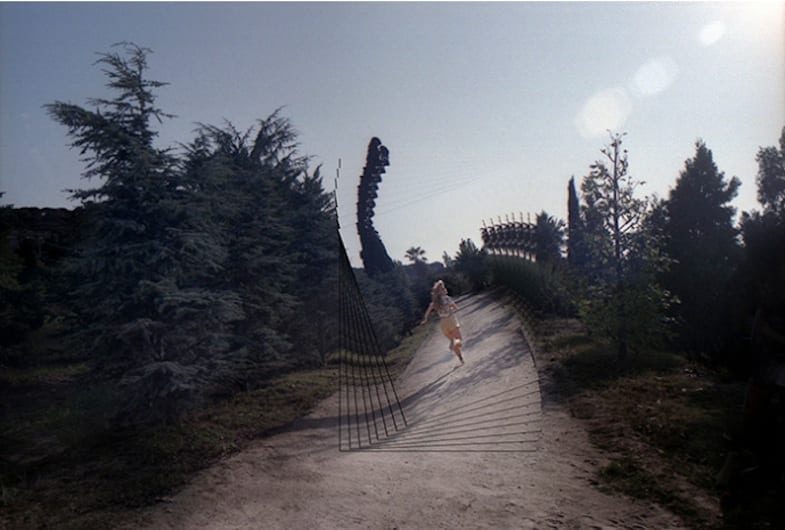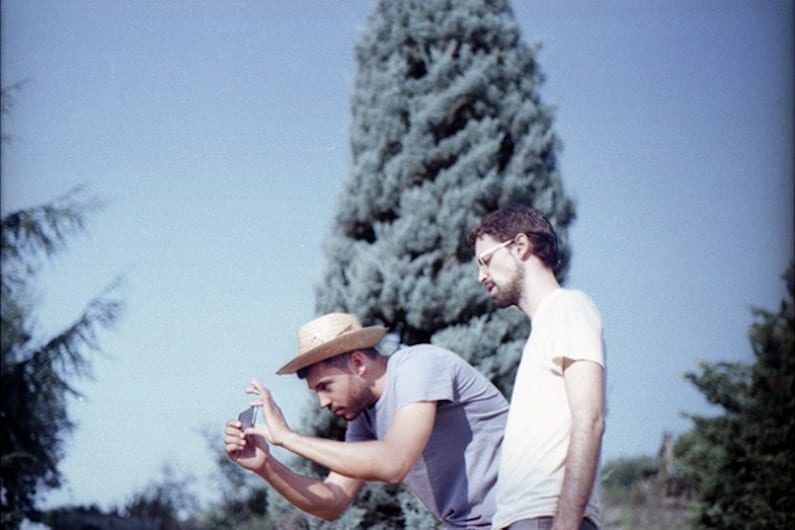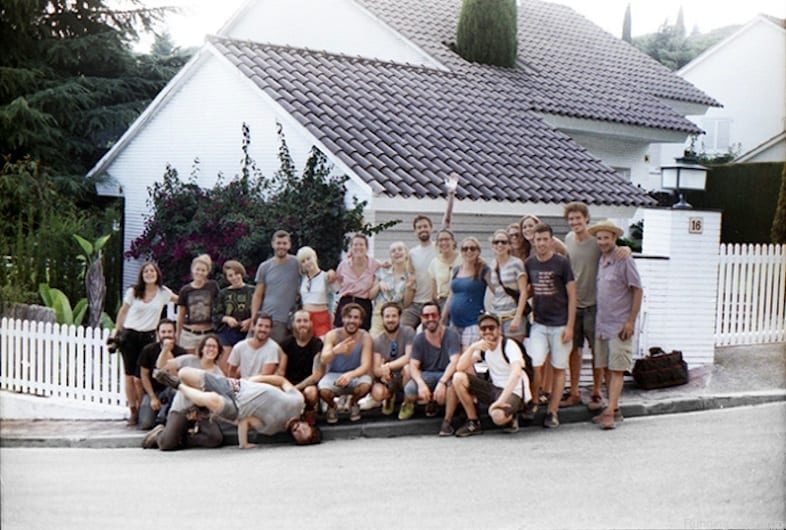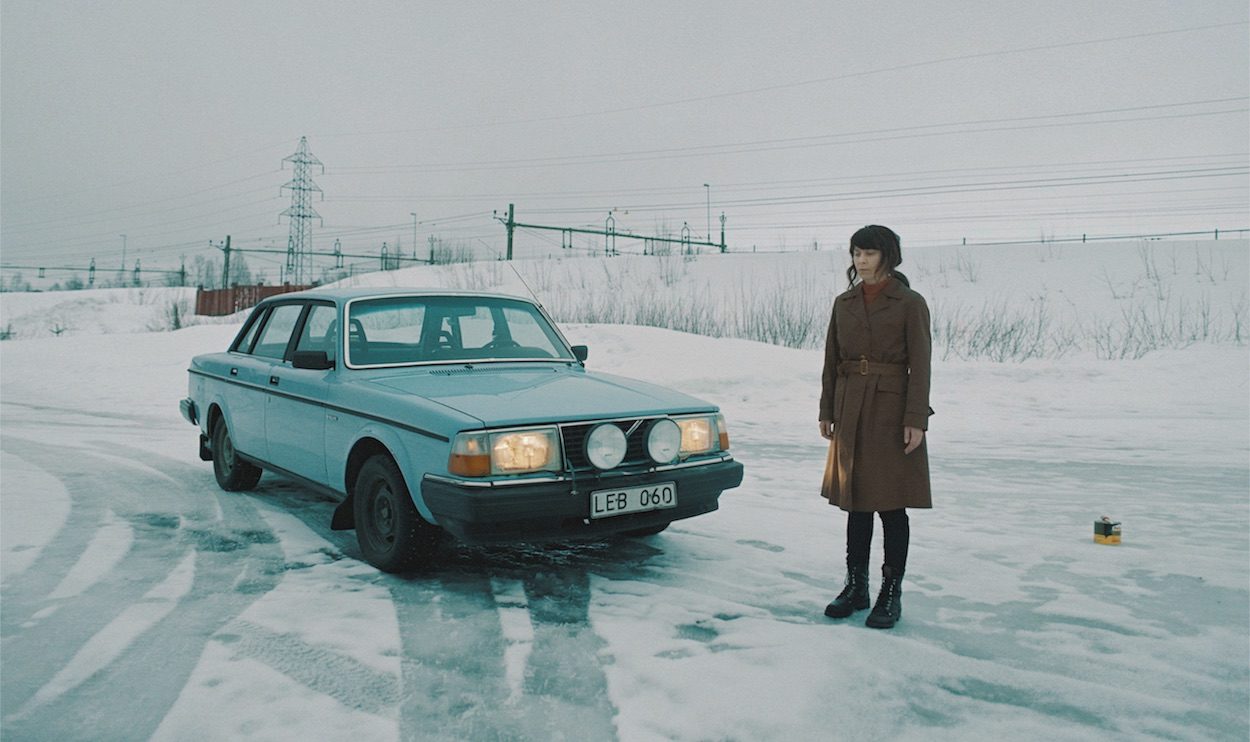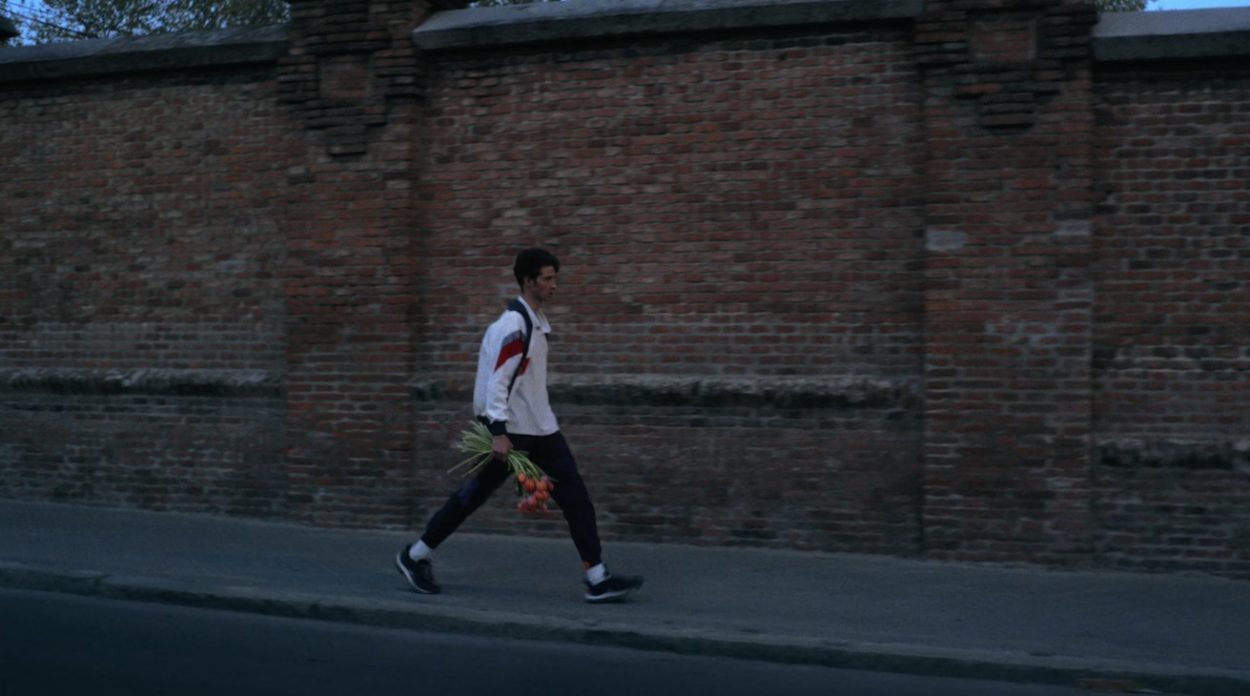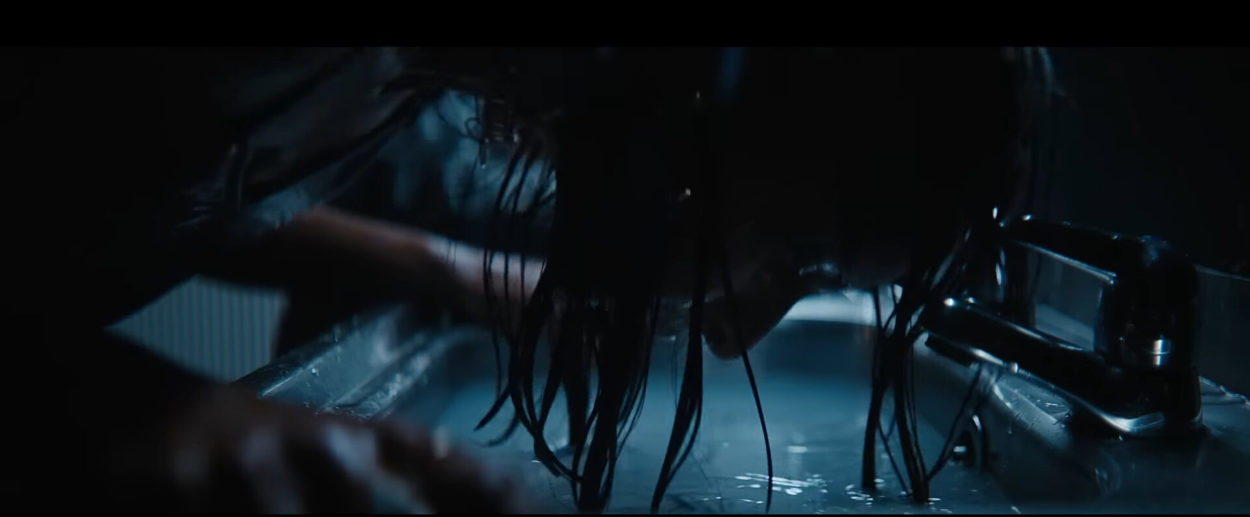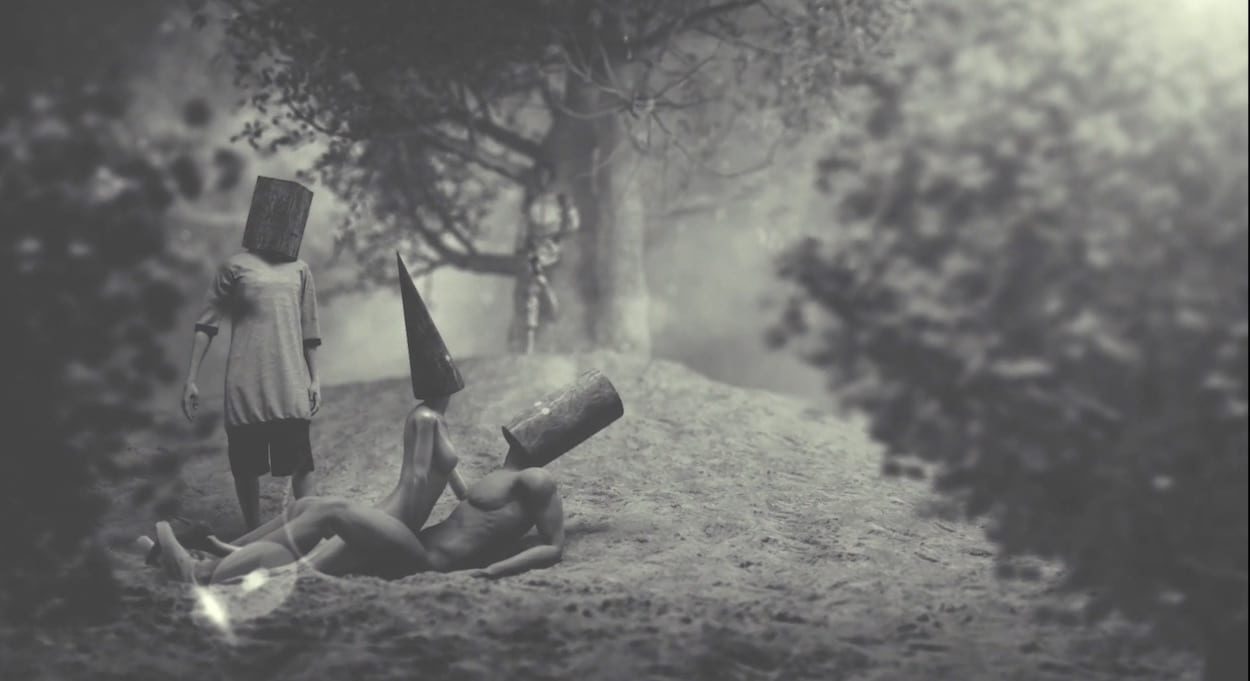When did you first realize you wanted to become a film maker?
As a child, I used to record music videos on VHS tapes just to watch them over and over; it was an amusing world to me but I saw it as something distant. As an adult I became specialized in photography and doing music videos just started as a hobby. It wasn’t until after the release of the video Devil Fool by Be Brave Benjamin (see in Related Content) that I decided to take filmmaking seriously. The music video release was unexpectedly very well received on an international level and I started to get more formal proposals for music videos.
Special effects are part of your vivid imagination, where does your knowledge of VFX come from?
Honestly, I have learnt by working with it, I don’t really have a formation on it. I did my first effects using Photoshop – frame by frame – and thinking that what was possible in Photoshop would be possible in VFX. Every effect is like solving a puzzle and there’s always a way to solve it.
However, I have always tried to do it all in the most real way possible. I especially like the thinking process on how to create effects without computers. In the case of Fantasía, there were a lot of effects during the video, so I was very lucky to work with Limon Estudios that did all the post-production. We ran a lot of tests before the shooting to know how to solve each effect.
Your latest video is called Fantasia, and yet most of your work is fabulously fantastical. Are your surreal narratives metaphors for emotional journeys or are they symbolic of trippy altered states of the mind?
I would say they are surreal situations that happen in the real world that I portray. I’m not trying to show a mind alteration, neither a metaphor. What I do is to ask what would happen if those situations happened in the real world. If for some unknown reason, something like that existed, how would we react? That kind of narration is what is more appealing to me when writing a treatment.
Love the way how your characters, particularly the females, are completely nonchalant and deadpan about the absurd things happening around them. More a calm curiosity than an exaggerated surprise. How do you instruct and direct your cast?
I like seeing my characters as if they were hypnotized. I love them being completely fascinated about the events around and get that feeling of shock in which they don’t know exactly if they have to run away or enjoy the fantasy but they simply stare in astonishment. I don’t usually think of exaggerated reactions, though, I think the drama happens inwards. That’s why castings are incredibly important to me. My priority is that an actor’s sight or face can transmit something to the camera without overacting.
Do you do detailed storyboards before shoots?
Yes, absolutely. I like arriving to the shoot with a meticulously thought-through storyboard, regarding details, shots, frames, actions and even editing. Occasionally, there is one spontaneous shot that goes in the final edit, but generally it’s all closed when shooting. I get absolutely immersed in a shoot and I need to know how will it look like even before shooting.
There seems to be a regular gang of helpers, crew who you work with. How did you come together and do you help each other out on each other’s films?
Actually, I have the best team! We met in the very first video I made – which was a really low budget casual video – and in that first shooting we were all already in. In the first video I made with Joana Colomar, we already had Marc Miró as a DOP and Anna Colomer as an art director and Blanca Esteller as a producer. Shortly after we completed the team with Laia Barot and Carolina Galiana, and some more that are usual collaborators.
Some of them had already worked on other projects and some of them were just starting. Since then, we started collaborating in all the projects and we became a really good team, as well as really good friends. All of them have grown so much during these years, and they have become really big in their professions. I feel very lucky to have been able to work with them since the first day and I hope it’ll be like this for a long time!
Were there any major challenges on making Fantasia – and if so how did you resolve them?
Fantasia was a challenge in itself in every sense. It was a very ambitious video with very little resources. Everything started with the idea of shooting again for Fur Voice with whom I had already worked with in the video “All That”. The process took a very long time. The first challenge was to get resources to make it possible and that is when the production companies Henry (Paris), Primo (Madrid) and Limón Estudios (Barcelona) stepped in.
The other big challenge was to find the perfect actress. It was incredibly relevant, as there is only one single protagonist that takes over the whole story. We looked everywhere and it was difficult to find what I had in mind. Finally we found Rachel Fleminger Hudson through a picture on the internet. She was a girl from London and even though she was a complete stranger I knew she was perfect. We skyped with her and finally she flew to Barcelona: that was an excellent success.
You’ve recently moved into making commercials – the G’Vine is very slick and professional and still has your quirky take on things. How have you found the transition of making music videos with probably more creative freedom to making ads?
Publicity is a very different world. Creativity does not depend on the director, even though you can create a personal atmosphere. Luckily, when you get an offer for an advertisement it’s because they like your work, hence they are looking for your style. Unfortunately it’s not always like that but it’s always a challenge to direct different projects, things you wouldn’t normally do, because they enrich your career and make you ready to face anything that comes up.
How much is special effects and how much is in camera? How do you work out the technicalities of getting the effects?
Fantasia is a mix of both: special effects and shot materials. There are some sequences that have been done with 3D, like the house floating in the clouds, but in others we looked for a way to make it just real, like the cat’s head that splits into two pieces.
To make sure the effects would look perfect we did a lot of tests before the shoots. We devoted several days with a small camera and tried every single effect to make sure it would work.
LINKS
Stills photographer Luo Ocana
Pablo Maestres
